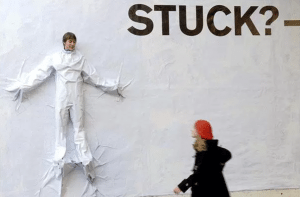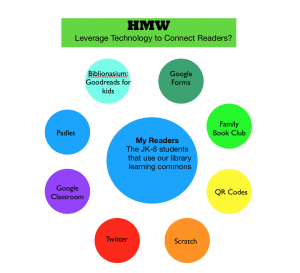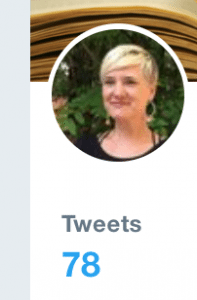Why I Started This Journey = I Couldn’t Figure Out
How to Change My Twitter Password!
I couldn’t figure out how to change my Twitter password. A few years ago, I created a Twitter account while attending a conference. I had grand intentions to explore the use of this social media platform in my professional practice but these intentions were swept aside by the day to day demands of life. A few months went by and I tried to get back into my account and couldn’t figure out what my password was and, for some unknown reason, I couldn’t seem to change the password either. This was enough of a roadblock to derail my plans as I ran off to attend to many other pressing matters.
When I learned about Cohort21, I saw an opportunity to figure out that d%$#! password! I was eager for an opportunity to dedicate intentional time in my hectic schedule to figure out some technology ‘stuff’ and explore how to best utilize this knowledge with my students. I joined Cohort 21 because I was drawn to the personalized learning format (so wonderfully described by @gnichols in this post) and knew that I needed both the camaraderie, and accountability, of a learning community to move forward in my professional development goals.
What did I explore this year?
I am so happy to say that I have learned a great deal this year through experimentation; taking some risks which lead in turn to some successes and some flops. Step one was for me was to resolve the Twitter ‘issue’ and begin to actually use the platform to grow as an educator.
In my earlier blog post, Becoming #Twiterate, I shared the beginning of my Twitter journey. My ‘HMW’ question was all about finding ways to use technology to connect readers. Not only did Twitter connect me to other readers, I gleaned all sorts of ideas that I tried out in my teaching.
Over the course of the course of the year, as I pursued my essential question, ‘how might we leverage technology to connect a community of readers’, the iterative questioning process led me to explore a number of projects with my students:
- The Family Book Club. I designed the project as a link between home and school and was able to experiment with a variety of EdTech tools such as Google Classroom, Google Forms (to collect feedback from parents on the project), and Padlet.
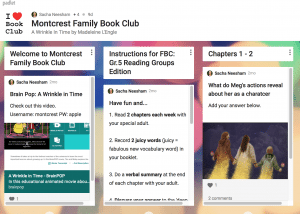
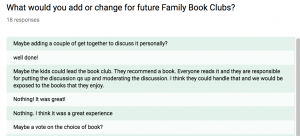
2) Using Biblionasium with my Grade 5 Reading Group as a way to track and share their reading.
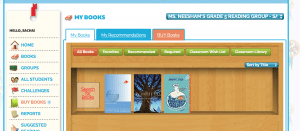
3) Creating QR codes on bookmarks to link to student book recommendations which they created using Scratch. This project was done with grade 4 and 5 students with the help of the fabulous Katie McDonald, MakerSpace consultant at Montcrest School.

4) Using Twitter to share student work in the library, other programming events, and connect with colleagues.
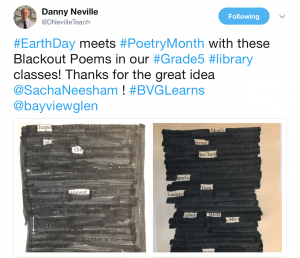
What I learned?
I have learned a lot this year! But narrowing it down to a few essential nuggets, I would say that I will take away the following:
- Setting goals with built-in accountability and room for failure has been fruitful
- Collaboration is key to growth (thank you to my colleagues at school esp. Ms. Livingstone, Ms. Calway, Ms. McDonald and thank you to all the Cohort folks, and especially @sgupta, @nbrooksbank, @lmustard, @jmedved, @shelleythomas, @gnichols)
- Going forward, I need to build in quite a bit more time to teach each of the steps involved in using these tech tools. I often assumed my students knew more than they did when in fact they needed me to slow down. My students also need more direct teaching and practice to become thoughtful and critical digital citizens.
What’s next now that it’s the end of the beginning?
- Being more intentional about discussing digital literacy and citizenship
- Building in more choice for my students
- Building in more time for students by doing fewer project but going ‘deeper’
- Continuing to nurture the collaborative connections I’ve made this year.
Thanks to @ckirsh, @gnichols, @ddoucet, @jmedved and @lmcbeth for crafting this fantastic PD experience!
Photo Credit: http://www.dirtyandthirty.com/girl-power/manifestation-monday-help-i%E2%80%99m-stuck/
